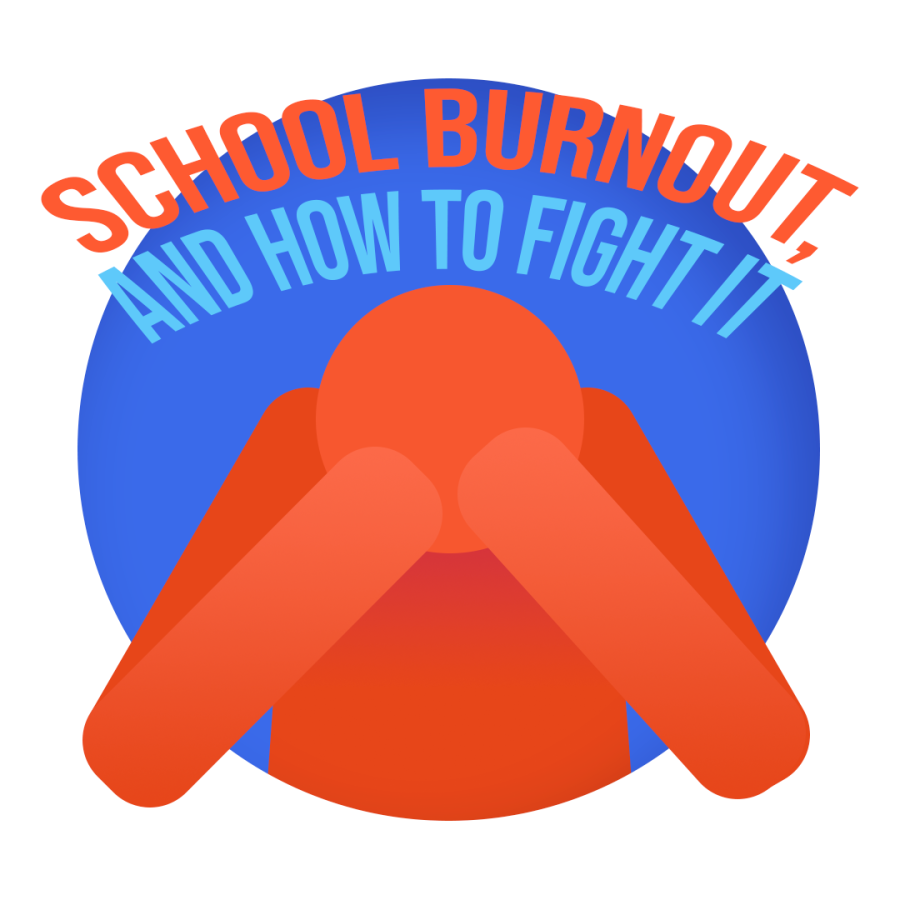School burnout, and how to fight it
December 10, 2021
The elevated stress levels that come with in-person school has hit harder this year, as students return to in-person instruction after a year and a half of distance learning. No longer in the comfort of their own homes, students are faced with the challenges regarding the balancing of classwork, homework, extracurricular activities, social stresses and so much more.
Jeremiah Chun, a sophomore at West Ranch, explained that the transition to full in-person learning “has been a little tough because online [school] was a completely different environment.” Having to get rid of habits such as not dressing for school and readjusting to the new classroom setting has taken time.
In addition to breaking bad habits, freshman Alicia Mian has had to adjust to the transition from online middle school to in-person high school.
She expressed that school has been a challenge. “I feel like [in] digital learning teachers were more laid back, as they didn’t assign as many activities to complete compared to now.”
According to understood.org, an organization that strives to support those who learn and think differently, academic burnout is the chronic condition of mental exhaustion when students have no motivation to complete their assigned tasks or are no longer interested in certain activities.
The continued feeling of stress can affect a student’s ability to perform certain tasks. It is essential to recognize symptoms and slowly make small lifestyle changes to prevent full-blown academic burnout. Luckily, there are several methods and resources at West Ranch to combat this challenge.
Nancy Philips, West Ranch High School’s Wellness Center Coordinator, instructs students to balance school activities, home activities and social activities. “If you are focusing 100% percent on what you’re doing at school, you may fizzle out. You can only do so much, and sometimes it’s okay to take a break to find that balance.”
Phillips also recommends that recognizing and isolating problems is an essential step in solving them. If “you can recognize your breathing, recognize your stress, [or] talk to somebody if you need to,” the enormous hurdle of school burnout is reduced. Simply taking some time to talk off what’s going on in a student’s mind can make a task more approachable.
Lastly, as finals season approaches, Phillips expresses the necessity of getting outside. “We’re so lucky to live where we do and just to be outside sometimes helps. Sitting outdoors and reflecting on what it is that makes you happy in fresh air can calm you down.”
With the opportunity to interact with friends, teachers and peers during in-person learning, students no longer have to face new changes in school alone.
Chun explained his excitement. “I feel a lot better and am excited in physical school because I get to meet my friends and teachers face to face. I am really thankful for them.”
Cats, if you find yourself burnt out from school, please be sure to take advantage of the numerous resources here on campus. The wellness center, counselors, teachers and even your friends are ready to support you.




